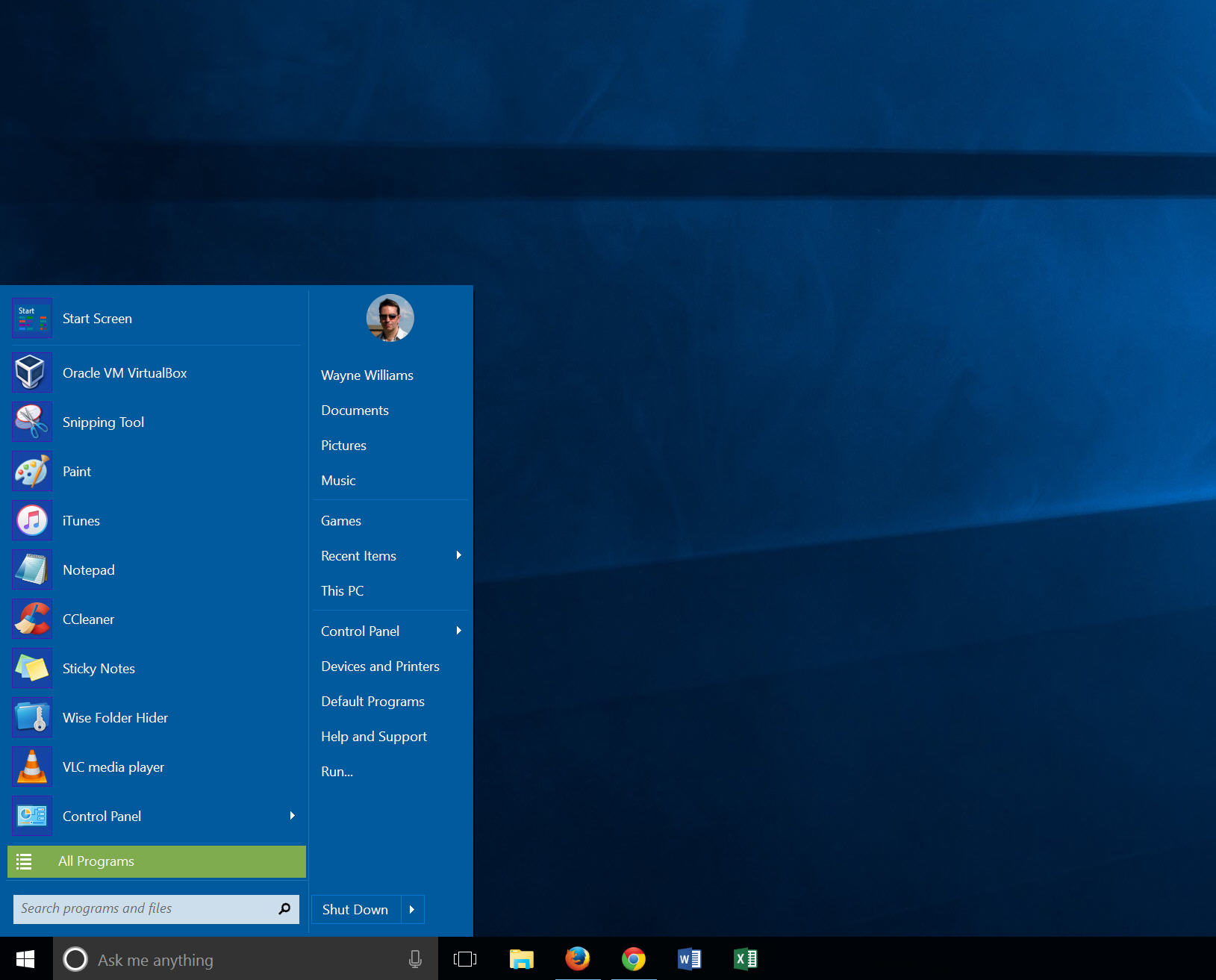

- BEST ALTERNATIVE TO FILELOUPE MAC HOW TO
- BEST ALTERNATIVE TO FILELOUPE MAC FOR MAC
- BEST ALTERNATIVE TO FILELOUPE MAC MAC OS X
Most Mac apps are self-contained, and the trash-to-delete option works on all versions of Mac OS X and later. Question 1: How can I uninstall Fileloupe 1.6 from my Mac? So, when you decide to uninstall Fileloupe 1.6 on Mac, you will need to tackle the following two questions. The trash-to-delete method may leave some junk files behind, resulting in incomplete uninstall. That means, if you simply trash the app and think the removal is done, you’re wrong. Additionally, some apps may create supporting files, caches, login files scattering around the system directory.

General knowledge: Once installed, an app is typically stored in the /Applications directory, and the user preferences for how the app is configured are stored in ~/Library/Preferences directory.
BEST ALTERNATIVE TO FILELOUPE MAC HOW TO
If you have no clue how to do it right, or have difficulty in getting rid of Fileloupe 1.6, the removal solutions provided in the post could be helpful. This page is about how to properly and thoroughly uninstall Fileloupe 1.6 from Mac. Removing applications on Mac is pretty straightforward for experienced users yet may be unfamiliar to newbies.
BEST ALTERNATIVE TO FILELOUPE MAC FOR MAC
Also, you’ll have to wait till the scan is finished to preview the data (instead of the usual file preview feature the application has one called life-preview that gives a preview of the files one after the other in the order they are being discovered by the scan).Perfect Solutions to Uninstall Fileloupe 1.6 for Mac But the good news is that the data recovery tool has a pretty nice scanning speed.Īs to the main reason why you shouldn’t choose Stellar Data Recovery over EaseUS is that if you’re using an Apple Silicone Mac, the application won’t run natively on it. When it comes to the number of supported raw photo and video formats, Stellar Data Recovery is in the golden middle (it won’t be able to recover as many different file formats as EaseUS for Mac can).

Aside from the price, this tool has a few extra features which are not present in EaseUS (such as the ability to repair corrupted photo and video files and disk cloning). In terms of license cost, Stellar Data Recovery is a much better deal than EaseUS since you’ll have to pay only once a year for the application. status on all internal hard drives, external hard drives, and solid-state drives (while on EaseUS, this feature is limited to only internal HDDs). Also, this tool can be used to monitor S.M.A.R.T. Moreover, Disk Drill comes packed with all other features that EaseUS lacks, for example, the auto-resuming scan feature, data protection, and lost partition scanning. Disk Drill also gives better results than EaseUS when recovering data from FAT32 partitions and it even has basic support for EXT4 partitions (meaning you’ll be able to run only a Quick Scan on such partitions and there’s a 50/50 data recovery success rate). This data recovery tool outdid EaseUS for Mac in terms of support since it can perform a deep scan on M1 and M2 Macs and restore data from iOS devices. So basically, you’re getting two products for the price of one, while with EaseUS, you’ll have to buy each of them separately. Moreover, when you purchase the Disk Drill license for a Mac, you also automatically receive a license for Windows-based computers.

First of all, it has a better price since you’ll have to pay only once for the pro version, but with EaseUS, you’ll need to pay almost the same price but on a monthly basis. Disk Drill does a better job than EaseUS Data Recovery Wizard in all of the criteria mentioned above.


 0 kommentar(er)
0 kommentar(er)
